Sunshine is wonderful and has many advantages, but as almost everyone already knows, it also has its dangers and disadvantages. In this article, we discuss the correct use of sunscreen, highlight the biggest myths surrounding the use of sunscreen, and how you can best protect your skin.
Korean sunscreens have gained popularity worldwide thanks to their innovative, lightweight, and caring formulations and effective UV protection factors. Buy sunscreen >>
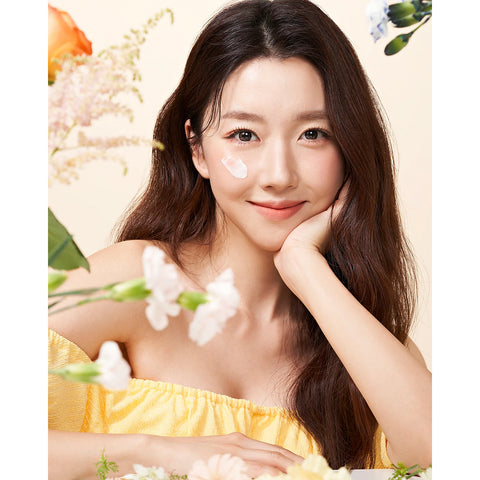
Why it is important to use sunscreen (even if your skin doesn't burn easily)
If you want to take care of your skin, it is important to use sunscreen for your skin's health. UV radiation can damage skin cells and cause premature aging and increase the risk of skin cancer. If you do not use sunscreen, it means you are missing out on many of the benefits of your skincare products. Not only will your skin suffer more damage from the sun if you leave it unprotected, but many of your skincare products would also benefit from filtering UV radiation from your skin. If you use AHA acids in your skincare routine, such as glycolic or lactic acids, you should always remember to protect your skin from the sun, as the acids make the skin more sensitive to the sun.
Many mistakenly believe that they should only use sunscreen if their skin burns easily in the sun or if they are in direct sunlight for long periods. However, using sunscreen is important for everyone, regardless of whether they burn easily or not. Even if your skin does not burn easily, the sun's UV radiation damages the skin all the time; you may just see the effects much later.
What effect does the sun have on skin aging?
Sunlight is one of the biggest factors that affect skin aging and most importantly; its effect would be easy to minimize.
The sun's UV radiation consists of UVA and UVB rays of different sizes, which penetrate the various layers of the skin and can cause damage at the cellular level. UV radiation also promotes the formation of free radicals, which in turn damage skin cells and collagen fibers. This leads to skin slackening, wrinkles, and pigmentation changes.
Breakdown of collagen
Collagen is the protein that gives the skin its elasticity and flexibility. UV radiation breaks down collagen fibers in the skin, leading to the skin relaxing and the formation of wrinkles. This process occurs over the years and makes the skin look older than it actually is.
Pigment changes
UV radiation from the sun can cause pigment changes in the skin, such as liver spots and darker skin. This is because UV radiation stimulates the production of melanin in the skin, which can cause uneven skin tone and discoloration of the skin.

Why would I need sunscreen when my skin is dark?
Even though dark skin has a natural protection against the harmful effects of the sun due to a higher amount of melanin, it does not provide complete protection against UV radiation. Melanin is the pigment that gives skin its color, absorbs UV radiation, and helps prevent radiation from penetrating the deeper layers of the skin.
UV radiation can still cause damage to skin cells and increase the risk of skin cancer even for darker skin types. Pigmentation and liver spots are also the most common skin problems caused by the sun, even for dark skin, which can be prevented with sunscreen.
What does the label PA mean in Korean sunscreens?
You are probably familiar with SPF and UVA and UVB markings on sunscreens, but you will also find the PA marking on Korean creams.
PA stands for "Protection Grade of UVA". It is a scale that measures a sunscreen's level of protection against UVA rays, which are linked to premature aging of the skin and other harmful effects. UVA rays are longer than UVB and cause less damage, but they still have a significant effect on, among other things, skin aging.
The PA scale classifies sunscreens into four different levels: PA+, PA++, PA+++ and PA++++. The higher the PA value, the better the protection against UVA rays.
PA+: weak UVA protection
PA++: moderate UVA protection
PA+++: broad UVA protection
PA++++: excellent UVA protection
By combining a high SPF and a high PA value, comprehensive protection for the skin against the harmful effects of the sun is ensured.
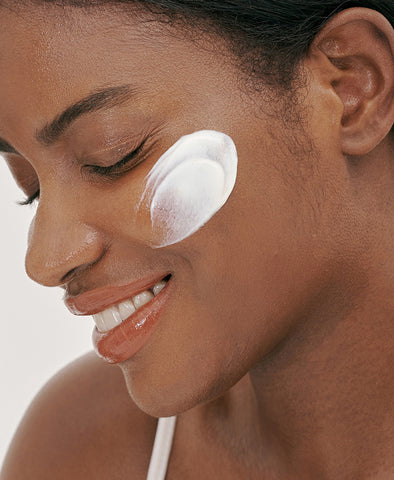
The most common myths about sunscreen
Especially on social media and discussion forums, one often encounters claims about the use of sunscreens that are just myths. We address the most common ones here.
Myth: Chemical sunscreens should be applied to clean skin
You may have come across the claim that chemical sunscreens must be applied to clean skin and allowed to absorb in order to work. This is not true; chemical sunscreens work just as well over other products as well.
Sunscreen works best when applied in a sufficient amount on as even a surface as possible and after application, the skin should not be touched unnecessarily. For this reason, all skincare products should be added. before sunscreen.
It is also recommended to avoid rubbing the sunscreen too much on the skin, so that you do not accidentally reduce the effectiveness of the sunscreen. Apply the product evenly on the skin and let it absorb undisturbed.
Myt: Sunscreen must be absorbed into the skin before it works
This is actually not true. Sunscreen should be applied before going outside, but no cream needs time to activate.
The traditional 15-minute waiting time recommendation is based on allowing the cream to settle on the skin and, for example, not being wiped off by your clothes or movements.
If you apply makeup after putting on sunscreen, you should let the sunscreen absorb for about 5-10 minutes before applying makeup. This way, you ensure that you don't accidentally wipe off the sunscreen you just applied.
Myt: The sun protection factor in a foundation is enough to replace sun protection.
Sunscreen should be applied to the skin at 2 mg per square centimeter so that the protection factor corresponds to the amount specified in the product. This amount in foundation is so large that in reality, it is probably no one uses such a large amount of foundation on their face. In other words, since you use much less foundation on your face than, for example, sunscreen, you will probably not come close to the protection indicated on the jar. The sunscreen factor of makeup is rather an excellent extra protection in addition to traditional sunscreen.
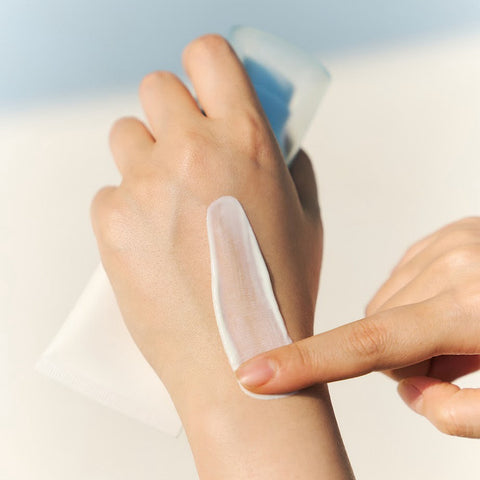
Myt: The SPF labeling on a moisturizer is not as protective as a proper sunscreen.
Have you ever tried moisturizing Korean sunscreen (hi Round Lab Birch Juice Moisturizing Sunscreen) ? If you are, then you know that in a blind test you probably wouldn't be able to tell the difference between a sunscreen and a traditional face cream.
Sunscreen and moisturizer are basically the same thing, as long as you apply a sufficient amount of cream and the facial cream has a high enough SPF for your needs.
Myth: The protective effect of sunscreen disappears within 2-3 hours.
Sunscreen "evaporates" not from your skin. The reason it is generally recommended to apply sunscreen every 2-3 hours is that when you move, sweat, wear clothes, and just because your skin produces sebum, the surface of the sunscreen becomes uneven over time. Some of the sun protection also always evaporates from the skin and is absorbed into the skin, which makes the protective layer thinner. All of this leads to the sun protection no longer being uniform, but it becomes thinner and gaps form in it so that the skin is no longer as well protected.
Sunscreen should therefore always be reapplied every two hours, starting from when the cream is applied to the skin, not counted from how long you have been in the sun.
Myth: Physical sun protection works better than chemical.
The effectiveness of sunscreen depends solely on the protection factor it offers and correct usage. Whether you choose a chemical or physical cream is entirely up to your own preferences - you can always find the most suitable product for your skin and preferences only by testing.
Myth: Physical sunscreens are more natural than chemical ones.
Physical sunscreens are also processed, and they are no more natural than chemical ones. Synthetic ingredients are often added to so-called mineral sunscreens so that their composition does not become gritty and that they spread evenly on the skin. Potentially irritating ingredients in chemical sunscreens are mainly a problem only in formulations available on the American market.
In Korean sunscreens, one can often find so-called hybrid protection, which combines both chemical and physical sun protection. In this way, the best aspects of both can be combined; the lightness of chemical creams and the light pore-smoothing effect that physical creams provide.
Myt: Sun protection should also be used indoors
Most people do not need sunscreen indoors, as window glass filters most UV rays. However, if you spend most of the day next to a window or if your house has large skylights, it is recommended to use sunscreen to prevent premature signs of aging.
Myt: Nanoparticles in physical sunscreens are dangerous for the body
Partially true. Nanoparticles (particles in the nanometer range) of zinc oxides and titanium oxides can potentially cause reactions in the body, especially in combination with UV radiation. However, so far in studies, these nanoparticles have not been able to penetrate the skin particularly deeply, only into the upper dead skin layer. It is theoretically possible that they could be absorbed deeper through broken skin, but there is no more detailed research information on this yet, and currently, these are considered safe for humans to use.
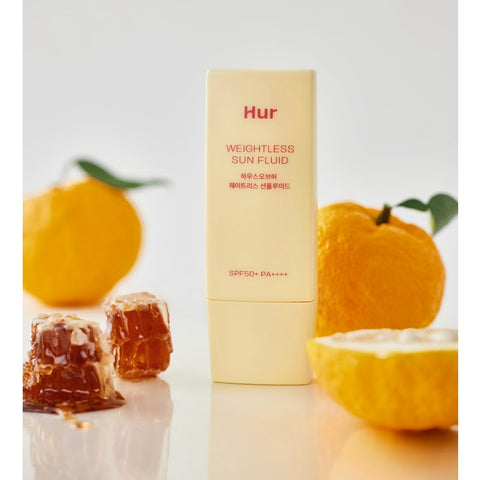
Source: American Academy of Dermatology Association, Skin Cancer Foundation, Lab Muffin Beauty Science, Harvard Health Publishing.

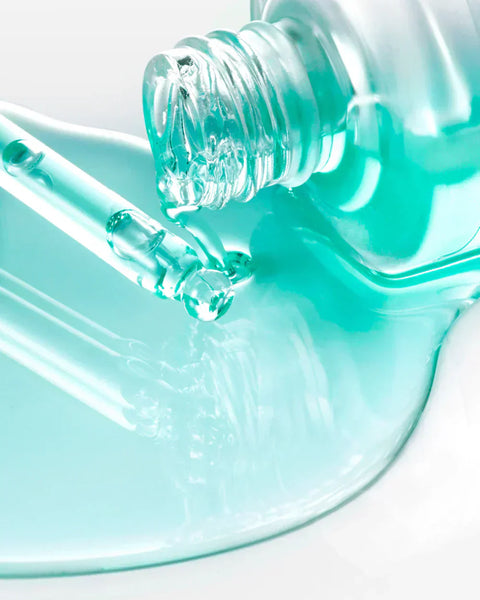
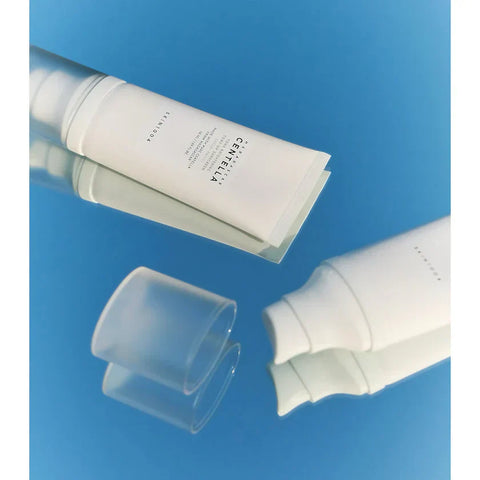
 info@yepposoonsoo.se
info@yepposoonsoo.se
 14 dagar returrätt
14 dagar returrätt
 PCI-DSS Compliant
PCI-DSS Compliant
 PayPal Buyer Protection
PayPal Buyer Protection
 Klarna – Pay Securely
Klarna – Pay Securely